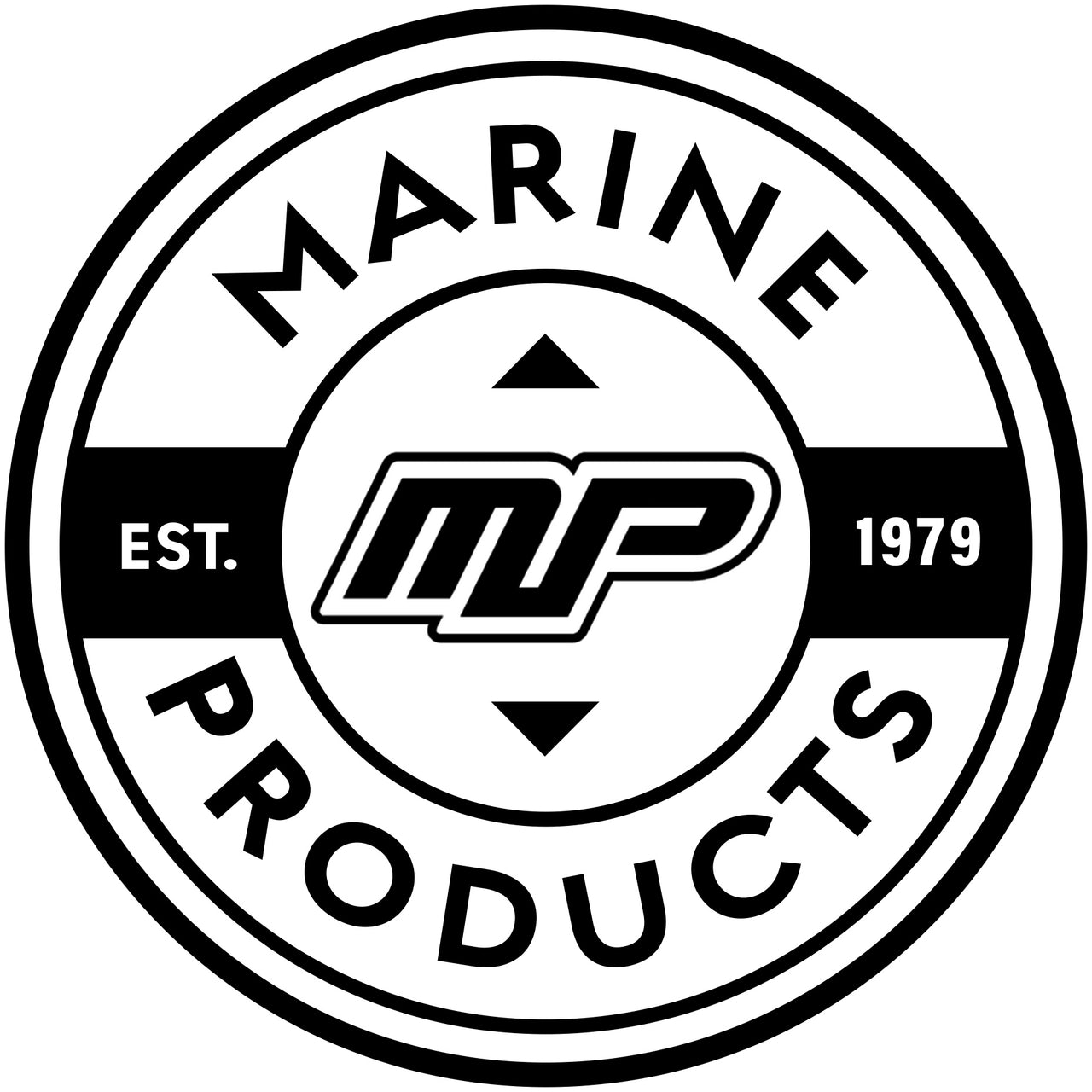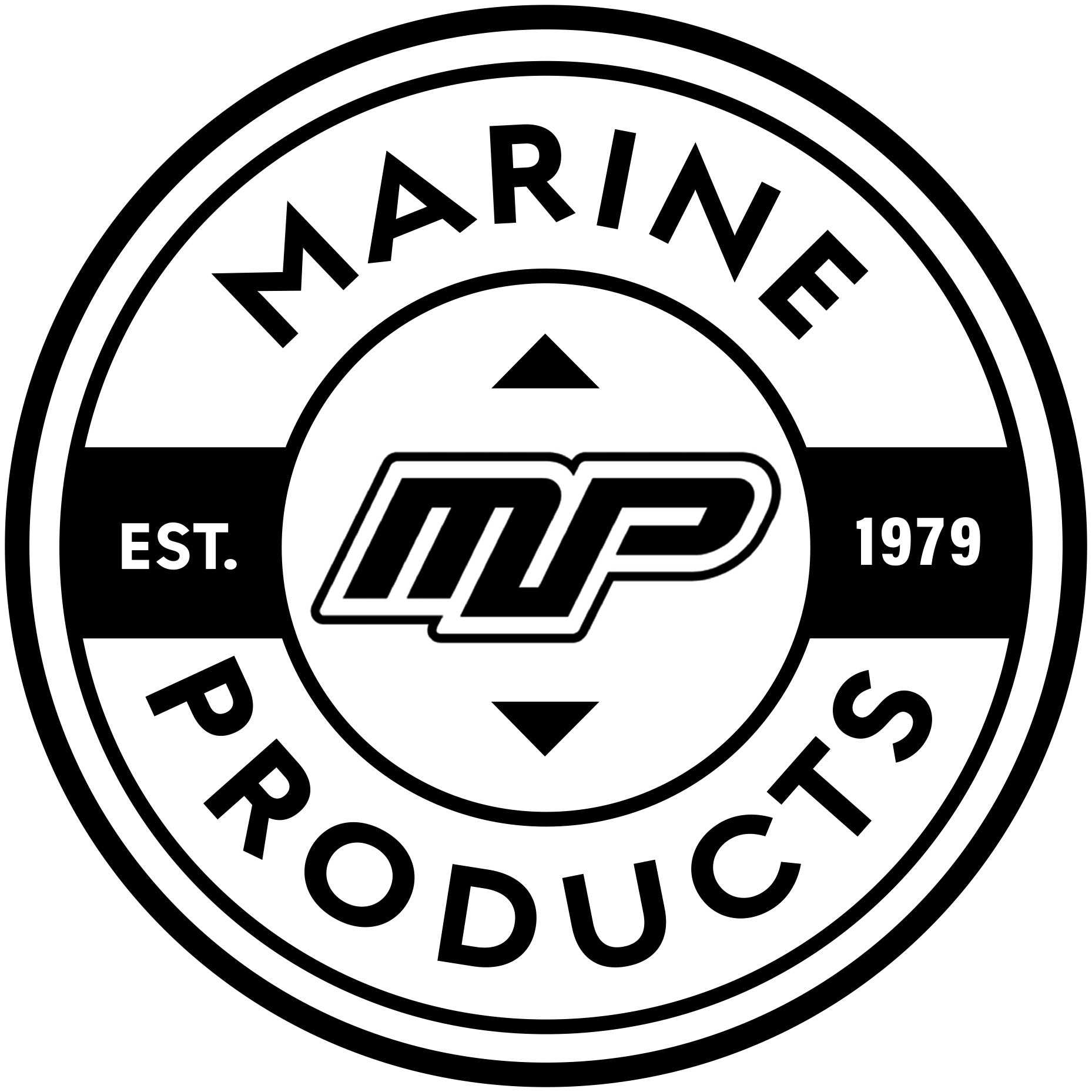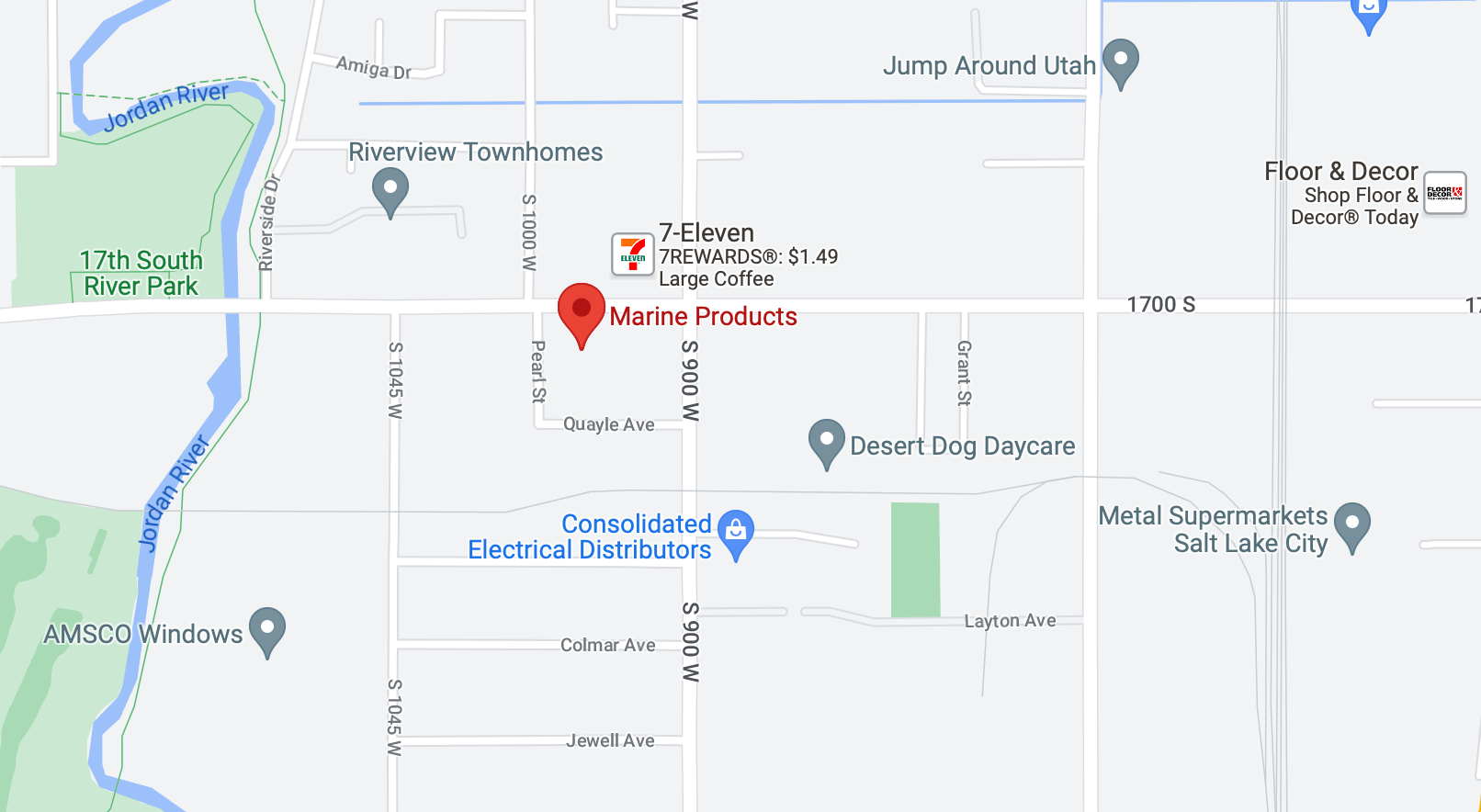Wetsuit Sizing & Buyer's Guide
Wetsuit Buyers and Sizing Guide
Children and adults both grow. Children grow up and out. Adults may not change very much. But, over time, their measurements begin changing: sometimes going up and sometimes moving down.
If you and your family enjoy water sports, there may come a time when you’ll need wetsuits before you go out on your next (or first) diving expedition. Choosing wetsuits for you and your children is more than a matter of just looking at what’s available in the marine store. You need to look closely at the characteristics of each brand as well as at how each model fits.
Sizing Guide – Kids
You’re going to need to know the sizes of each of your children when you stop at the marine store. The salesperson will be knowledgeable, but he’ll be relying on your knowledge to pick out wetsuits that are the right sizes.
Wetsuits hug the body. If you’re buying full-size wetsuits that cover arms and legs, you need to know that they work because of small air cells inside the suit. These air cells insulate your body against the cold water temperatures in which you’ll be swimming. Wetsuit manufacturers make wetsuits of different thicknesses. The thinner suits are used in warmer water while thicker wetsuits are used in colder climates. As you’re browsing the selection, you’ll notice a series of numbers on each package. These numbers are the measurements of the suit’s thickness in millimeters (mm). Manufacturers intentionally make suits with thicker measurements for the torso, or the chest and back, and thinner measurements for the legs and arms. Thick neoprene isn’t as flexible as thin neoprene, so having a suit with thinner neoprene covering your children’s legs and arms means they’ll be able to move them more easily. The thicker neoprene on their torsos means they’ll stay warmer underwater.
The Fit
The wetsuits you choose for your kids should fit them very snugly with no excess material bunching up on their arms and legs. The proper fit means they’ll be able to stay warmer and move more easily in the water.
A properly fitted wetsuit helps trap a layer of water between your children’s bodies and their wetsuits. Their bodies warm that layer of water, which helps insulate their bodies. If you buy a wetsuit that’s too large and loose, too much water will get into their suits and, instead of keeping them warm, they’ll get too cold.
Sizing Guide – Adults
As you try on wetsuits, keep these questions in mind:
Is there excess room in the wetsuit?
Does the wetsuit have excess material in my knees, crotch, shoulders, or torso?
Is my arm movement slightly restricted when I raise my arms over my head and stretch my shoulders out? Do I feel a lot of pressure in my shoulders when I complete this maneuver?
Can I squat down easily and move my arms?
You should have no excess room in any area of the wetsuit. Your arm movement should be just a bit restricted, but if you feel a high degree of pressure, the suit is too small. When you squat, you should be able to achieve a full squat. Arm movement should be easy.
Wetsuit Types
Full: Coverage goes from neck to ankles. Sleeves extend to the wrists.
Shorty: Legs and arms are short. Better suited for warmer climates and warm water temperatures.
Wetsuit vest: Covers the torso only. This is intended only to keep your body’s core warm.
Short John: This is a hybrid of a long john wetsuit and a shorty suit. Again, this is used in warmer waters.
Long John: Covers your shoulders, torso, and extends down to your ankles. No sleeves.
Wetsuit top: Thin neoprene suit with long sleeves. This is intended to be used for water sports in summer temperatures.
Rashguard: Lycra shirt with long sleeves. Protects you against the sun. When you wear a rashguard under your wetsuit, it helps protect you against irritation rash.
Chest or Back Zipper
For children’s and adults’ wetsuits, you have two zipper choices:
Back zippers are equipped with a long cord so you can pull them up and down yourself as you put your wetsuit on or take it off. Because the zipper goes down the length of your spine, this is the easiest wetsuit to put on or take off. There is, however, one disadvantage: Cold water can enter, rushing from your neck down – and this is uncomfortable. Look for a wetsuit that has a special flush guard technology that helps lower the chances of a cold back. The only other disadvantage to a back zipper is that, when you bend over from your waist, the zipper has no stretch.
Chest zippers are contoured around the neck, which means you and your children have to “drop down” into your wetsuits through the necks. You’ll have to pull them up over your legs, hips, and torso from the neck all the way down to the legs. This is hard enough when you’re dry; when you’re wet, it becomes very difficult to accomplish. Chest zippers are better at keeping too much water from getting inside. It may also feel more comfortable and be less likely to cause irritation or rashes. When you bend over, you’ll have much more flexibility. If the snug neck causes irritation, slipping into a rashguard could help reduce this tendency.
Accessories
If you and your family plan to be in water colder than 60 degrees F, you’ll need some protective accessories:
Gloves (use mittens in extremely cold water)
Boots
Hoods to help reduce heat loss from your head
Wetsuits with Heat Technology
These suits use FAR infrared technology to stay warm for when you plan to dive in cold water. Combining heat technology in a normal neoprene suit means you can wear a thinner wetsuit in cold water, which means you’re going to be more flexible and move around more easily. The difference with a heated wetsuit is that it generates heat while a regular wetsuit only insulates your body and reduces your heat loss. In a heated wetsuit, your core body temperature stays up and your outer extremities receive the benefit of circulating blood as well. These heated wetsuits are powered by little hand controllers and batteries.
Still got questions? We have the answers. Contact a Marine Products sales team member for all of your binding questions today by dialing, (801) 973-4017 now.
*To suggest changes or improvements to this Buyers Guide please email: guides@marine-products.com
View All Buyer Guides & Sizing Info.



